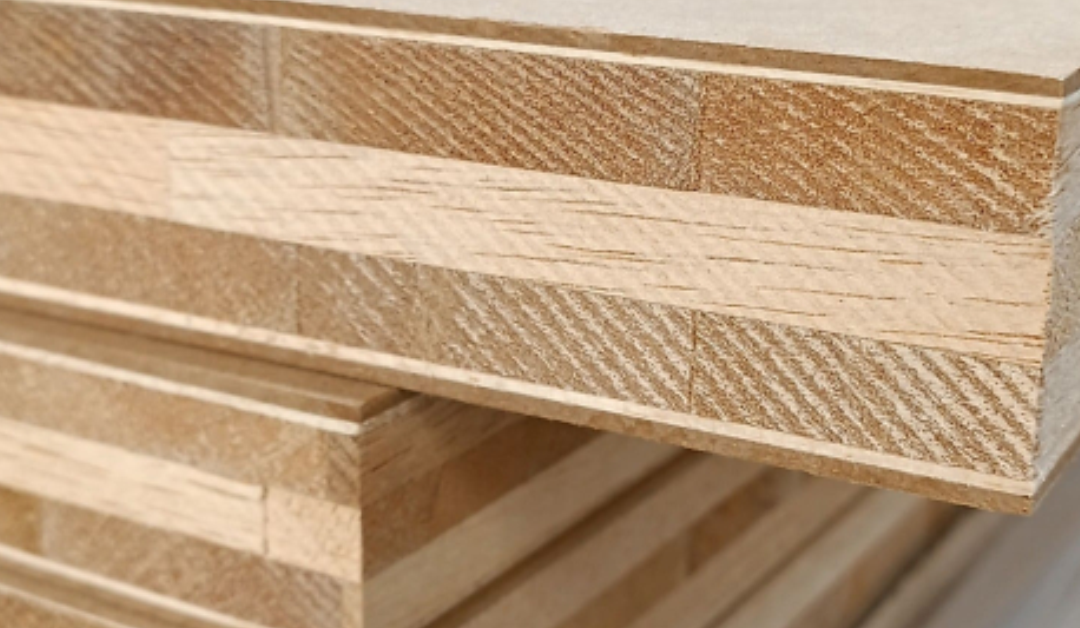What is Albasia Wood?
Albasia wood, also known as Sengon (Latin name: Albizia Falcata), is a very light yellowish colored wood, lighter than most pine species. It is a fast-growing tree species that can be harvested within 3-5 years. These trees can easily grow in various climatic latitudes and terrains such as in highlands and lowlands, in areas with high rainfall or in areas with low rainfall, on flat land or sloping land, on good soil or on sandy soil.
Planting Albasia trees can help reforest critical land, prevent soil erosion or landslides and maintain groundwater reserves. Most Albasia trees are planted by local farmers due to its easy growth, making it highly sustainable and environmentally friendly. Besides being sustainable, Albasia has helped to provide additional income for low-income groups in Indonesia. This has huge economic benefits for the country.
The character of Albasia wood is light, straight grain, bright color but still very tough. It is very easy to work with, machine; shape, turn and carve. It weighs only 0.24 – 0.30 after being kiln dried with a moisture content of 8-12%. With its high strength to weight ratio, Albasia has many uses. Some of its uses are plywood, block board, wood core, door core, and other finger-joint laminated products.
Characteristics of Albacia Wood
Albacia wood has a texture that is quite soft to the touch. The texture is arguably similar to randu and kapok wood. The bark of the albacia tree appears slightly glossy and smooth, while the inner wood surface tends to be rough. The center of the albacia wood is slightly white with other parts brownish and slightly pale. Albacia wood also has a smell that is easily recognizable because it is similar to the smell of a petai tree when it is freshly cut. The smell of albacia wood may disappear over time when the wood is dried.


